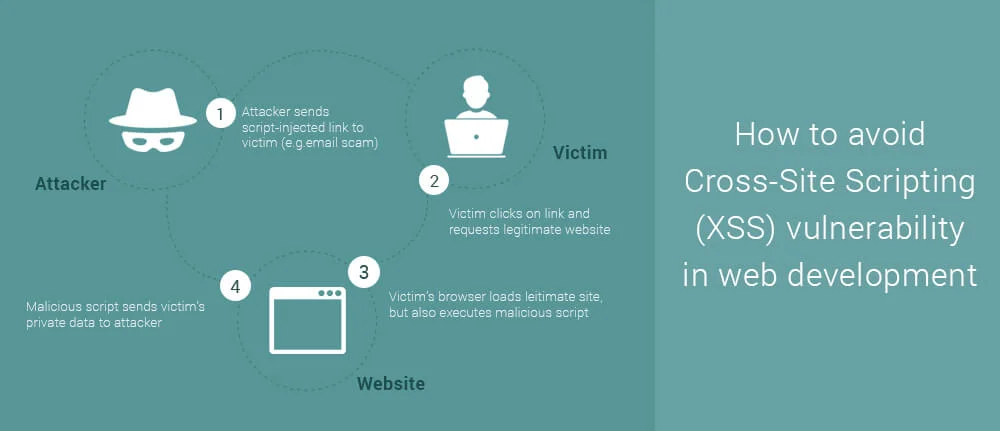Modernizing applications with the 7 R strategy – A CTO’s Guide
Think about the last time CTOs spent most of their time fixing old systems. Updates were slow, servers were expensive, and adding new features took time. Now, things have changed....
Listening is fun too.
Straighten your back and cherish with coffee - PLAY !

Cross-site scripting is ranked 3rd in the list of OWASP top 10 vulnerabilities 2017. Cross-site scripting are one of the most rampant occurring injection attacks faced by various web application across businesses. That’s why to know the causes of XSS, its impact and prevention is must.
Cross-site scripting attacks are types of injection, in which malicious scripts are injected into trusted web applications. This attack happens when a hacker uses web application to send infected code, many times in the form of a browser side script to the remote end user. Flaws which allow these attacks to succeed are widespread and can occur anywhere. A website uses input from a user and within an output it generates without encoding or validating it.
An attacker uses XSS to send a malicious script to victim. The end user’s browser doesn’t have any way to know the trustworthiness of the script. The user believes that the script has come from trusted source so he executes it. The malicious script in it gets all the sensitive information retained by browser like session id, tokens, cookies, etc. These kinds of scripts even rewrite the content of HTML page.
Cross-site scripting has three types.
Reflected XSS: An attacker sends a link to a target application through some social media or email. This link contains an embedded script which are executed while visiting script.
Stored XSS: An attacker is able to plant a persistent script into target website which executes when anyone visits it.
In today’s world where every industry moving towards digitization, attackers also are keeping owl eyes breaking them in easiest way. A website for a company is the first image for customers. So, it has become mandatory for web developers to take precautions for various web application attacks and making it secured from attackers.

Think about the last time CTOs spent most of their time fixing old systems. Updates were slow, servers were expensive, and adding new features took time. Now, things have changed....

According to HackerOne, fixing a security issue after software is released can cost 30 times more than fixing it during development. Today, CTOs take a different approach. Shift...

A few years ago, companies built software first and thought about security later. Developers and security teams did not cooperate, and problems were fixed only after release. This activated DevSecOps vulnerabilities and many DevSecOps failures.